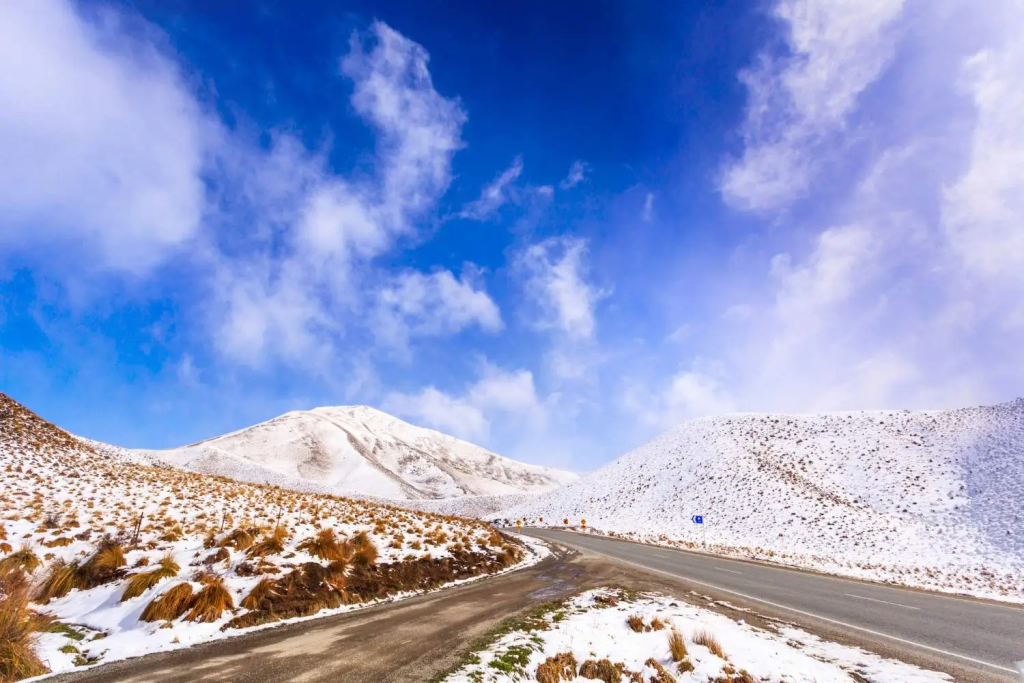Windscreen Safety When Driving on New Zealand’s Mountain Roads
The breathtaking scenery, winding routes, and dramatic topography on New Zealand’s mountain roads make for unforgettable road trips. But these roads also present safety challenges. A critical yet often-overlooked aspect of safe mountain driving is windscreen condition. A clear, intact windscreen is not just a matter of visibility; it’s a critical component of your car’s structural integrity and overall safety.
There are quite a few risks you could be exposed to, making windscreen safety important when driving on New Zealand’s mountain roads. Learn more about these risks, along with some practical tips to keep your windscreen in top condition.
Why Windscreen Safety Matters on Mountain Roads
Mountain roads in New Zealand, such as those in the Southern Alps or the Coromandel Range, are known for their sharp bends, steep gradients, and unpredictable weather conditions. These factors can increase the likelihood of accidents or damage to your vehicle.
Here’s how your windscreen plays a vital role:
- Visibility in Changing Conditions
Mountain weather can change quickly, from bright sunshine to heavy rain, fog, or snow. A clean, crack-free windscreen ensures maximum visibility, so you can react quickly to changing road conditions. - Structural Integrity
In the event of a rollover, a risk on narrow, winding mountain roads; a properly installed and undamaged windscreen helps maintain the car’s structural integrity, protecting you and your passengers. - Protection from Debris
Loose gravel, rocks, and other debris are common on mountain roads, especially in areas prone to landslides or roadworks. A damaged windscreen is more susceptible to shattering if struck by debris, putting you at greater risk.
Common Windscreen Risks on Mountain Roads
Driving in mountainous terrain exposes your windscreen to several hazards, such as stones and gravel picked up by other cars or falling from the hillsides. Sudden temperature fluctuations caused by driving from a sunny valley into a shaded, icy area can worsen existing windscreen damage. Uneven road surfaces and potholes cause jolts and vibrations, worsening existing windscreen damage. Additionally, low-hanging branches can scrape and bash your windscreen.
Tips for Maintaining Windscreen Safety
Follow these practical tips to keep your windscreen in top condition for mountain driving. To begin with, you must inspect your windscreen for damage regularly. Even minor chips and cracks can grow and become irreparable. If you notice a crack or chip, repair the damage as soon as possible before the damage spreads, and you will have to replace your windscreen altogether. However, if the damage is extensive or falls within your line of sight, you may need to replace your windscreen.
Along with regular inspections and repairs, it is critical to keep your windscreen free of dirt, grime, and streaks, which can reduce visibility, especially in rapidly changing weather conditions. We recommend using a high-quality glass cleaner and ensuring your washer fluid reservoir is filled with a solution suitable for cold temperatures. Along with your windscreen fluid, you must replace worn wiper blades to maintain clear visibility. Lastly, keep a safe following distance from other vehicles to reduce the risk of flying debris.
Legal and Insurance Considerations
In New Zealand, driving with a damaged windscreen can result in fines or a failed warrant of fitness (WoF) inspection. Additionally, many insurance policies cover windscreen repairs or replacements. Check your policy details and take advantage of these benefits.
Your windscreen is more than just a piece of glass; it’s a critical safety feature that demands attention, especially when driving on New Zealand’s mountain roads. Taking proactive steps to maintain and protect your windscreen can ensure a safer and more enjoyable driving experience in our stunning alpine landscapes. In the event you do suffer some windscreen damage, a mobile repair service will save the day.





